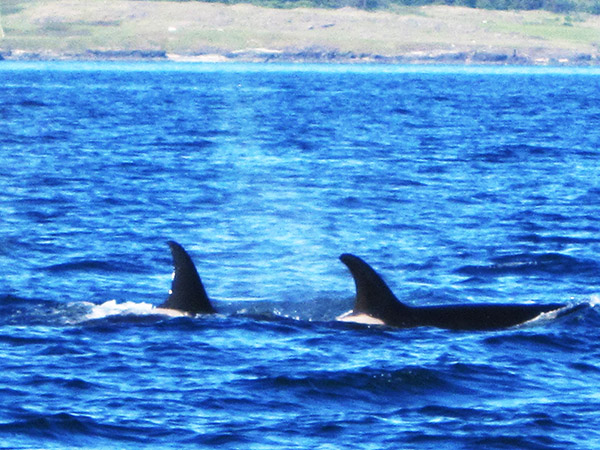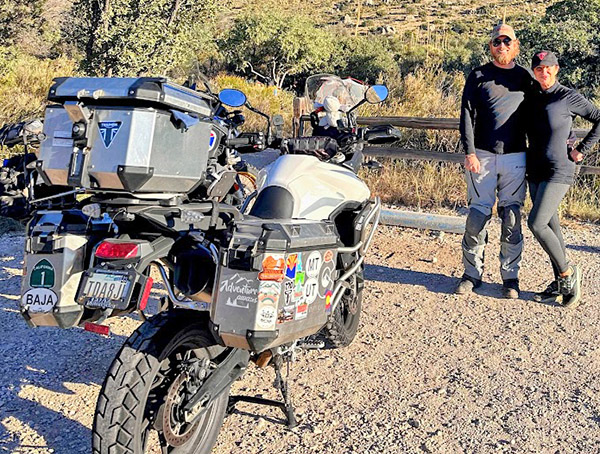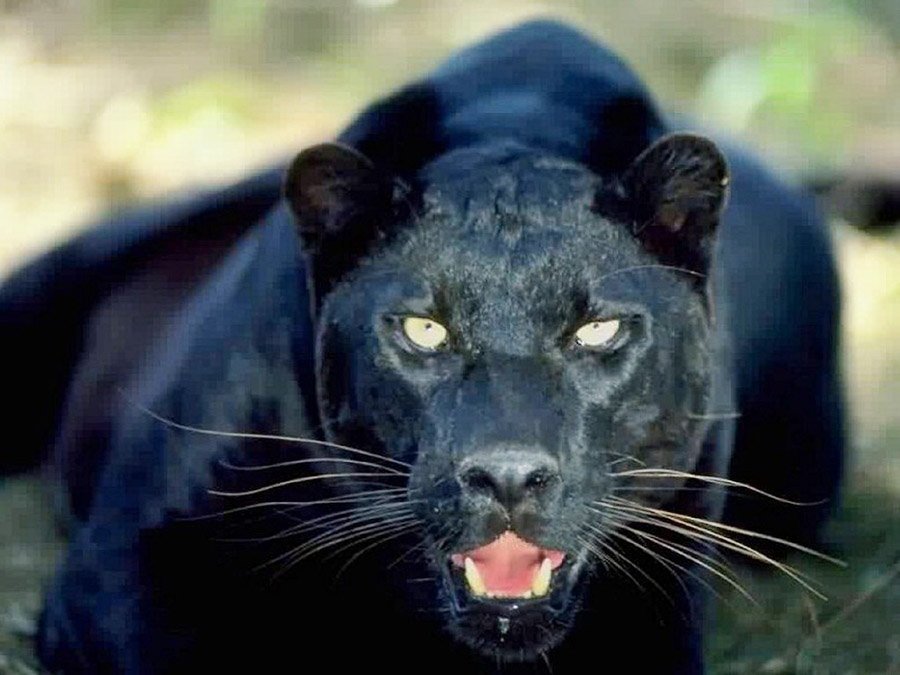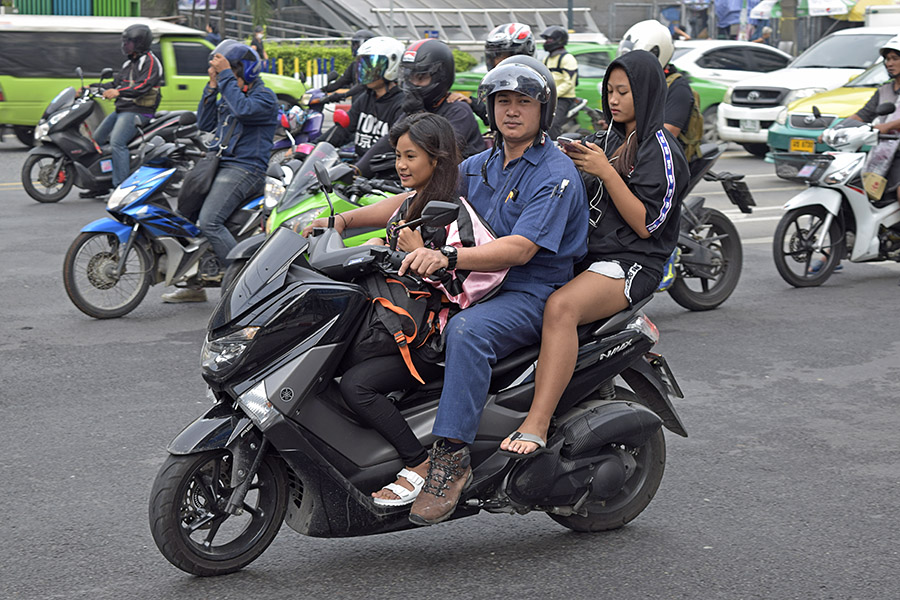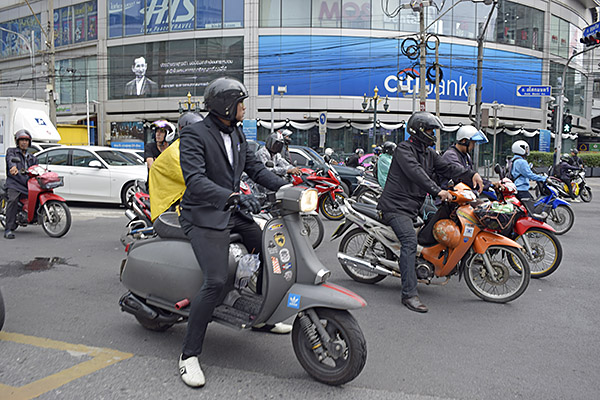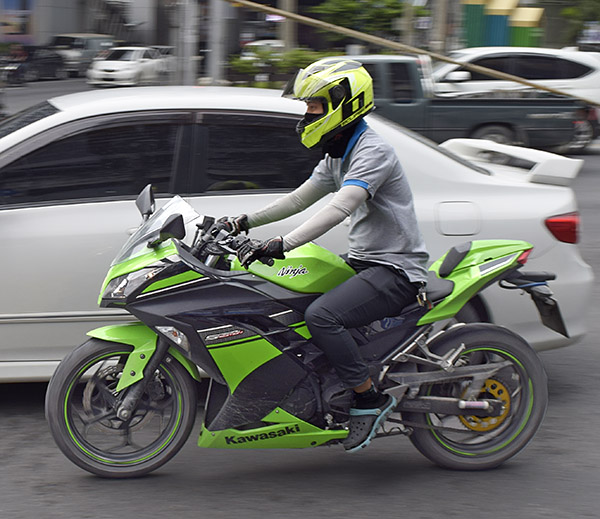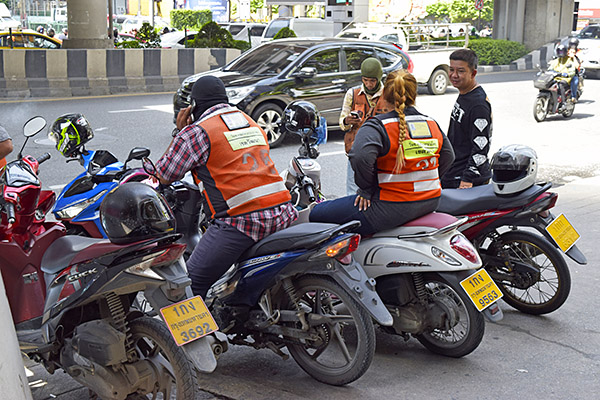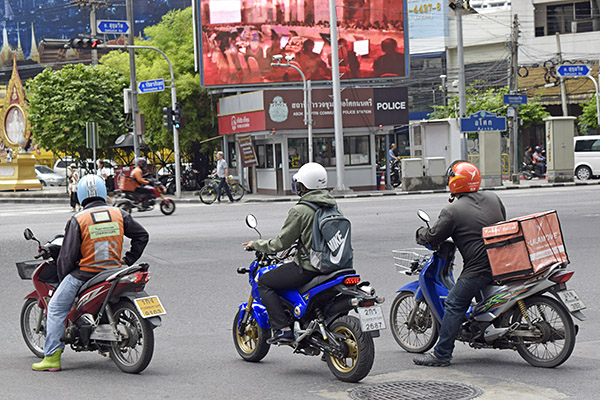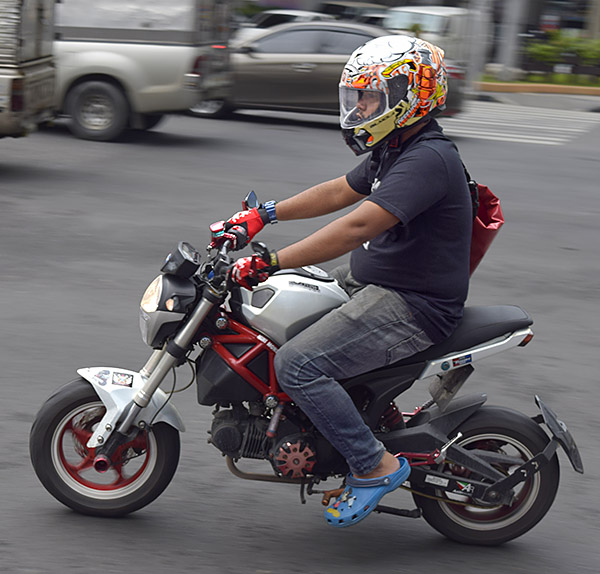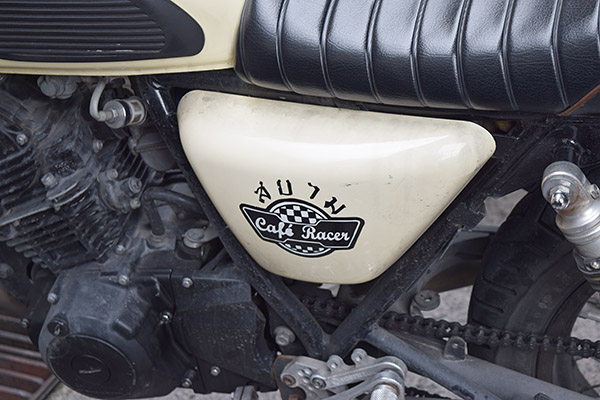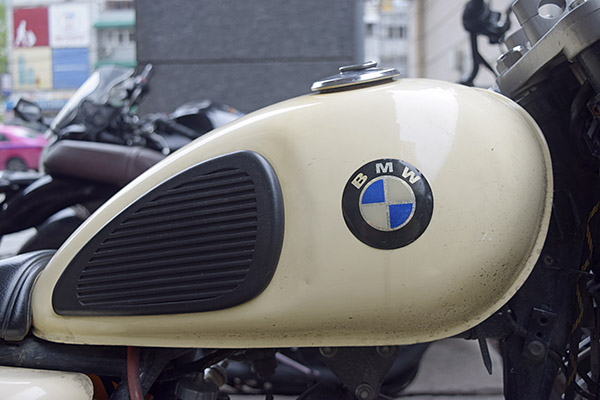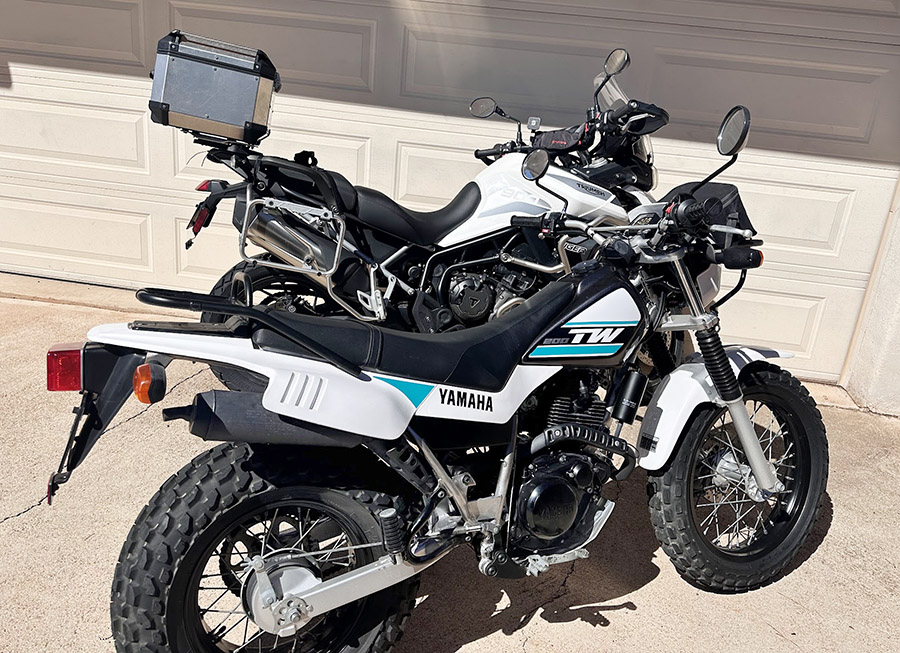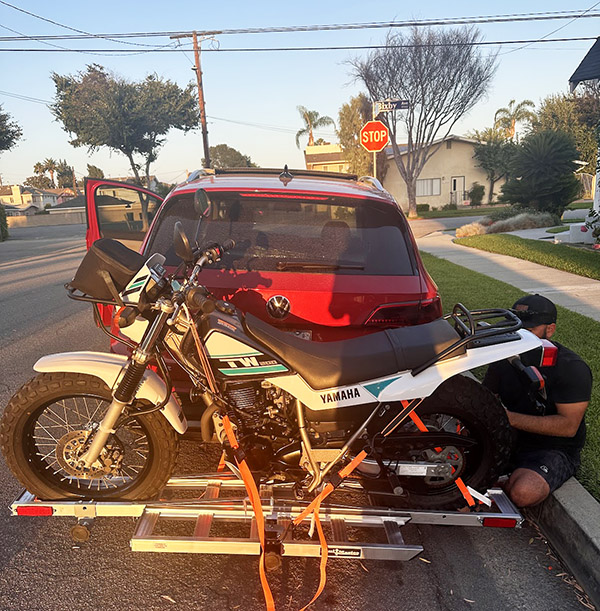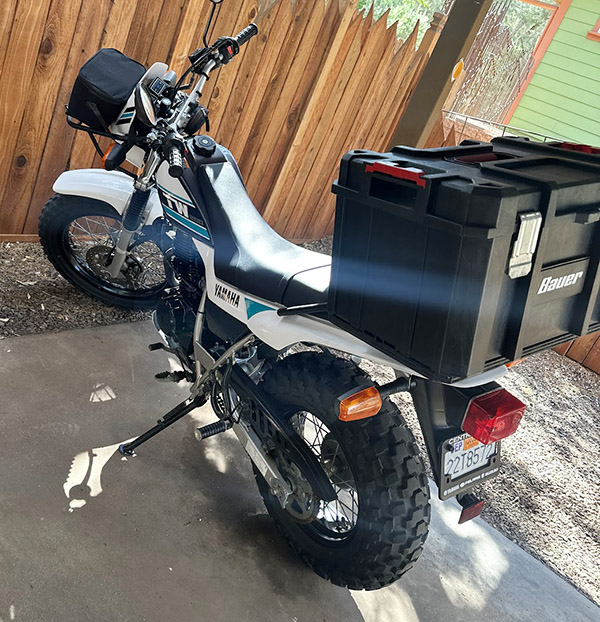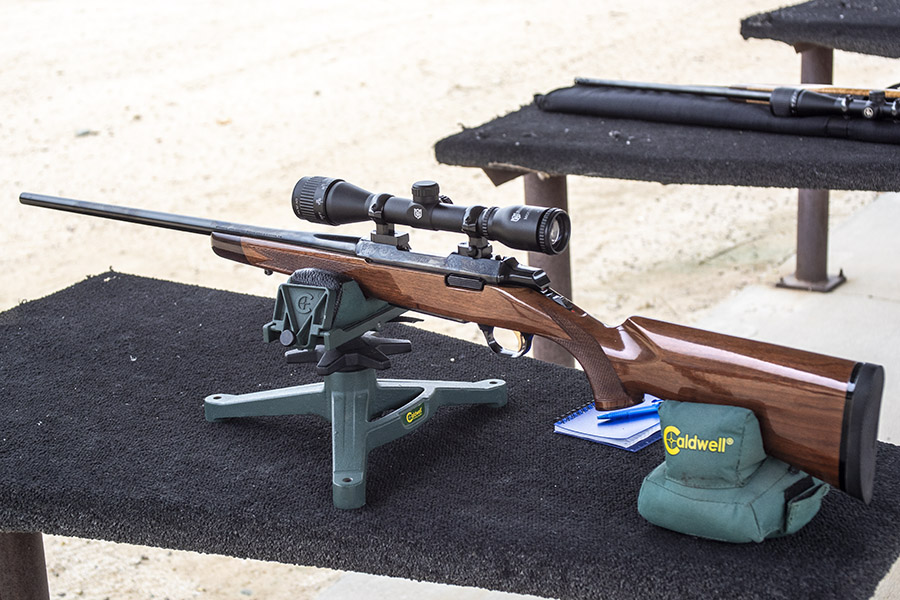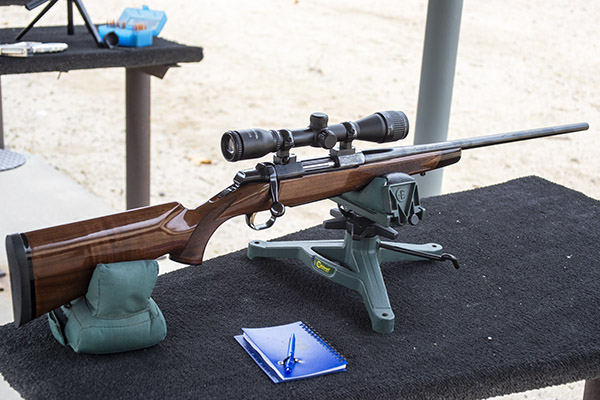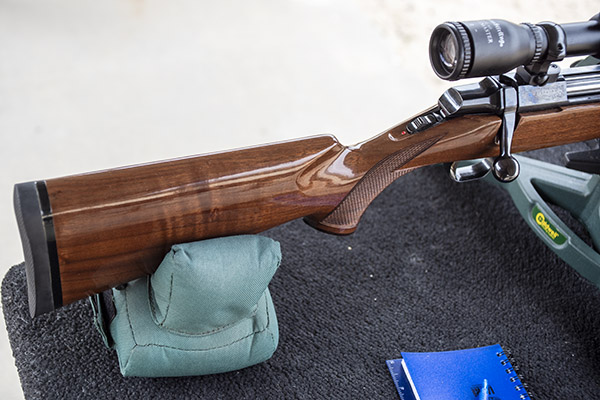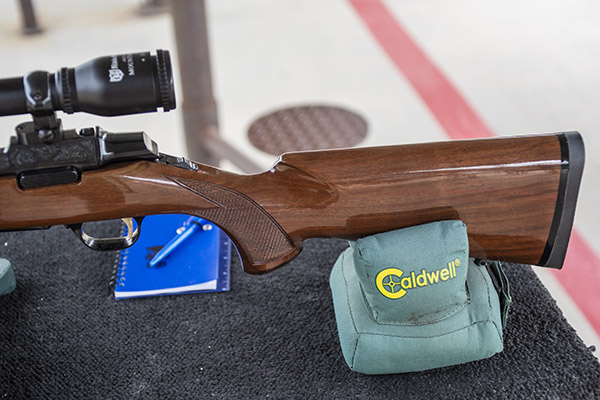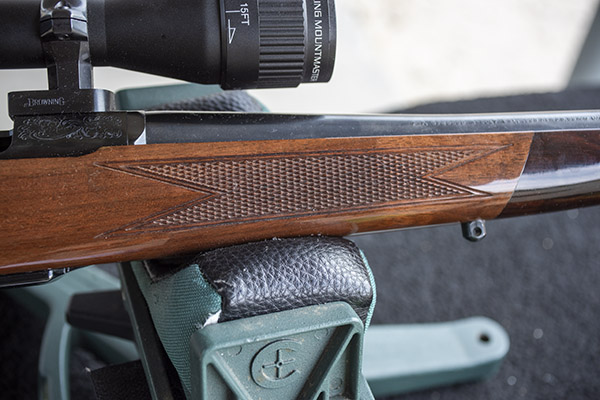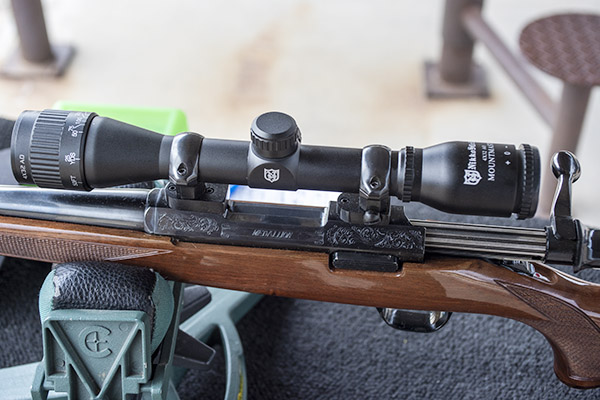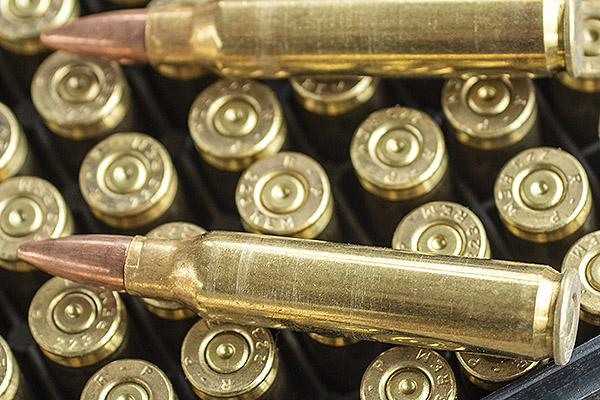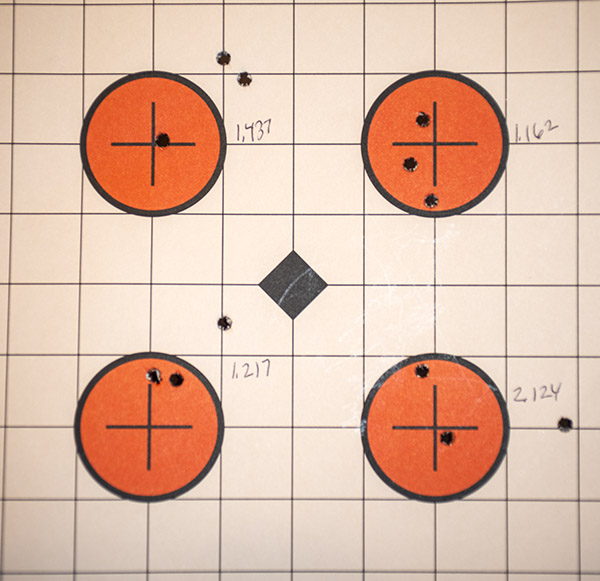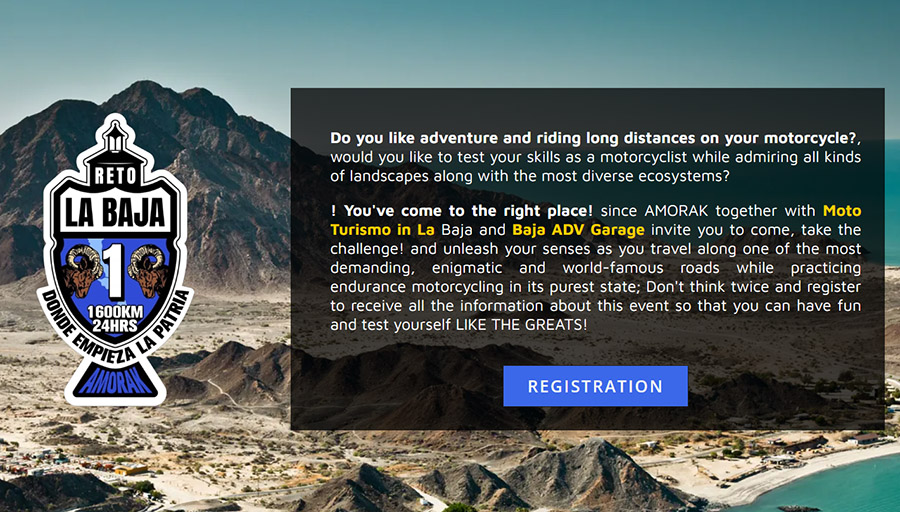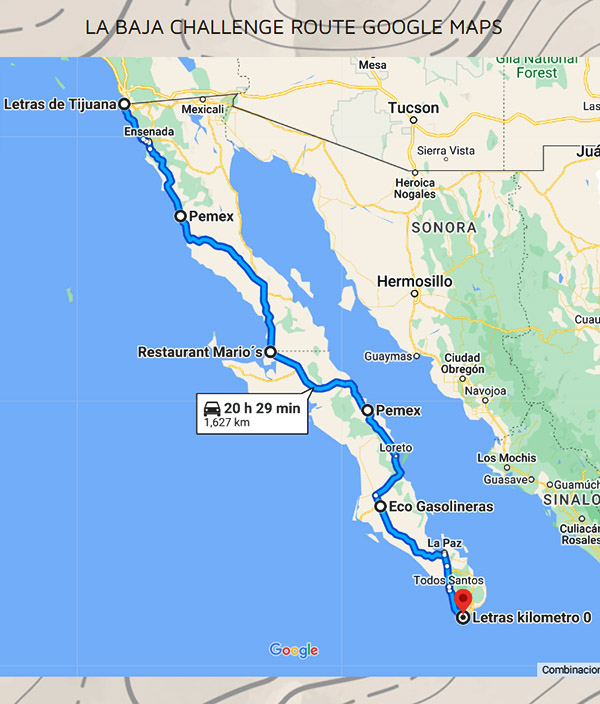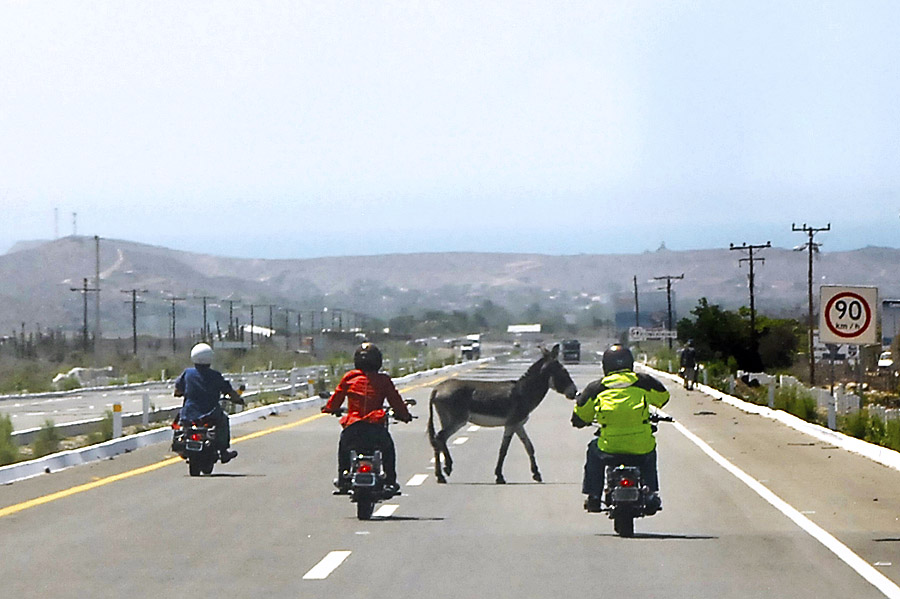By Mike Huber
Mount Rainier, just a two-hour drive south of Seattle, was something I became obsessed with while living in the Pacific Northwest. I loved looking at that volcano. Mount Rainier often wasn’t visible during the winter months due to the cloud cover, but when it was visible it was a sight to be seen, especially at sunset. The entire volcano would glow orange, almost as if it was a 14,000-foot candle. It was magical.

To summit this peak, one has to be extremely skilled as a mountaineer or have a guide due to the multiple avalanches. This was something I had to experience up close, but I didn’t have the climbing talent. I would have to find another way to experience this.
The following August I began training by spending two months climbing numerous peaks in Washington until my body felt solid enough for an attempt to climb to Mount Rainier’s base camp, Camp Muir. I drove to the base of Mount Rainier in Paradise, Washington, and slept in the back of my car that night. That gave me a better chance of snagging a camp permit for Camp Muir in the morning. This mountain base camp was mostly for those who dared to summit this volcano, and it was nothing more than a hostel at 10,000 feet. It was a small wooden shed with two levels of plywood that held 12 hikers.
The hike up to the camp was a smoker. I left at 7:00 a.m. and didn’t reach Camp Muir until 14:00. It was like climbing up a black diamond ski slope. I didn’t have crampons and my pack was quite heavy as I had loaded it with a lot of water (a rookie mistake). Once arriving at the camp and securing a spot in the shed, I spent the rest of the day talking with those that would be summiting in the early hours the following morning. They summit at night to avoid warmer periods of the day when avalanches were more prevalent.
The hikers all woke around 2:00 a.m. to begin the summit. Even though the temperatures were low I decided to get up and see them all leave. This provided the opportunity to view all the stars as well as the entire Milky Way spread across an otherwise dark night sky. As the hikers made their way I could hear the loud cracking of avalanches in the distance. Camp Muir was angled so it was well protected, but that loud thunderous sound sure got the hairs on the back of my neck up.
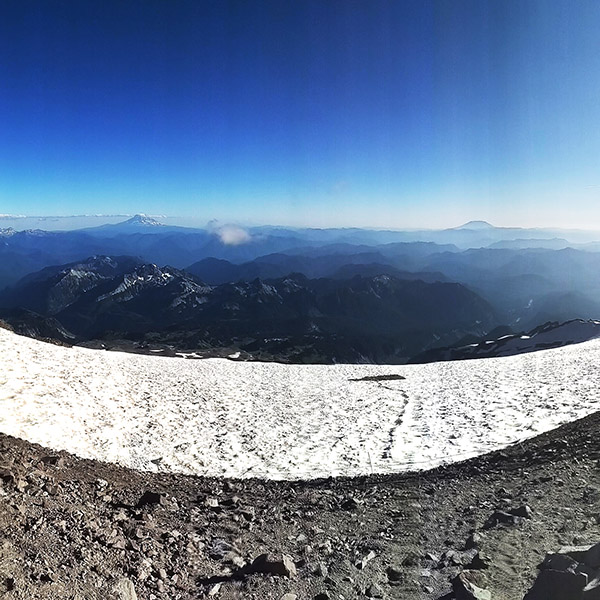
In the morning as the sun came up I could see 270 degrees around me, and volcanoes were visible in every direction. It was a site to behold as I finished my breakfast (the remainder of a crushed Subway sandwich). It was time to begin my descent. The coolest part of this hike was going back down. I brought a large black garbage bag with me on this hike. The reason being is as you descend there are luges carved throughout the path down the mountain. This allowed the opportunity to glissade, sometimes picking up an unreal amount of speed to the point where I would use my legs as brakes to ensure I didn’t get too out of control.
Once returning to a much lower elevation the snow began to disappear and it was time to pack the garbage bag up and hike the remaining 2 miles down. Not having slept much the night prior due to the higher elevation I was looking forward to hitting a breakfast place in Paradise to refuel as the crushed Subway sandwich gave way to hunger. I could tell I was close to the base as the people I ran across were less and less in shape or prepared and once I saw a family wearing crocs I knew my breakfast had to be within a ¼ mile or less.
As I entered the café, I got a coffee and a breakfast sandwich. I felt fulfilled because I was able to experience the hike even without summiting. The hike to Camp Muir was still challenging and I knew it would leave me sore for the next few days. It would also provide memories that have lasted. Every time I see Mount Rainier in the Pacific Northwest, I am able to relive my experience and appreciate that magnificent mountain in a more personal way.
Never miss an ExNotes blog:




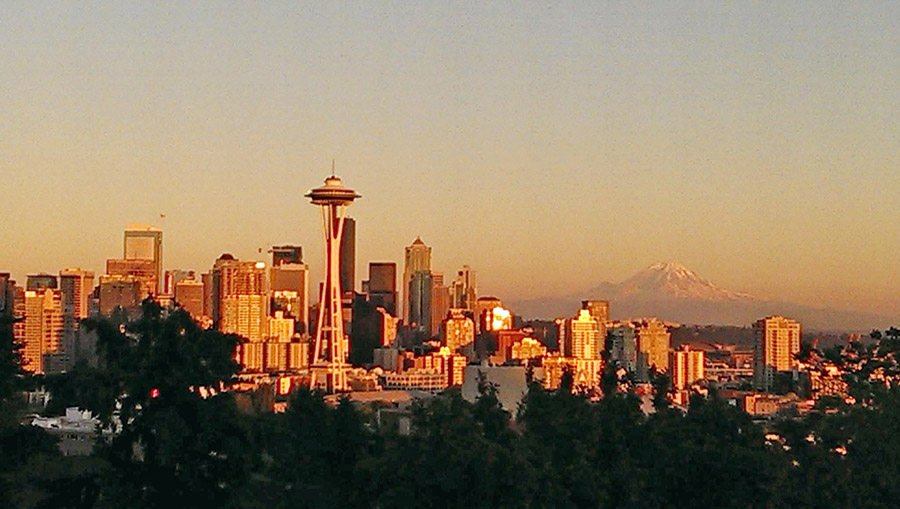
 It was definitely time to return to the United States. It didn’t take too long over the next week to pack up, deflate the leaky air mattress I had been sleeping on for 8 months, and place the Good Will furniture on the corner (the furniture and I shared the same situation; we were both looking for our next home). Loading everything into the car was the final step before getting on the Tsawwassen Ferry, which would bring me to Vancouver. It was a short and uneventful 3-hour drive to my new residence in Seattle, Washington.
It was definitely time to return to the United States. It didn’t take too long over the next week to pack up, deflate the leaky air mattress I had been sleeping on for 8 months, and place the Good Will furniture on the corner (the furniture and I shared the same situation; we were both looking for our next home). Loading everything into the car was the final step before getting on the Tsawwassen Ferry, which would bring me to Vancouver. It was a short and uneventful 3-hour drive to my new residence in Seattle, Washington.
